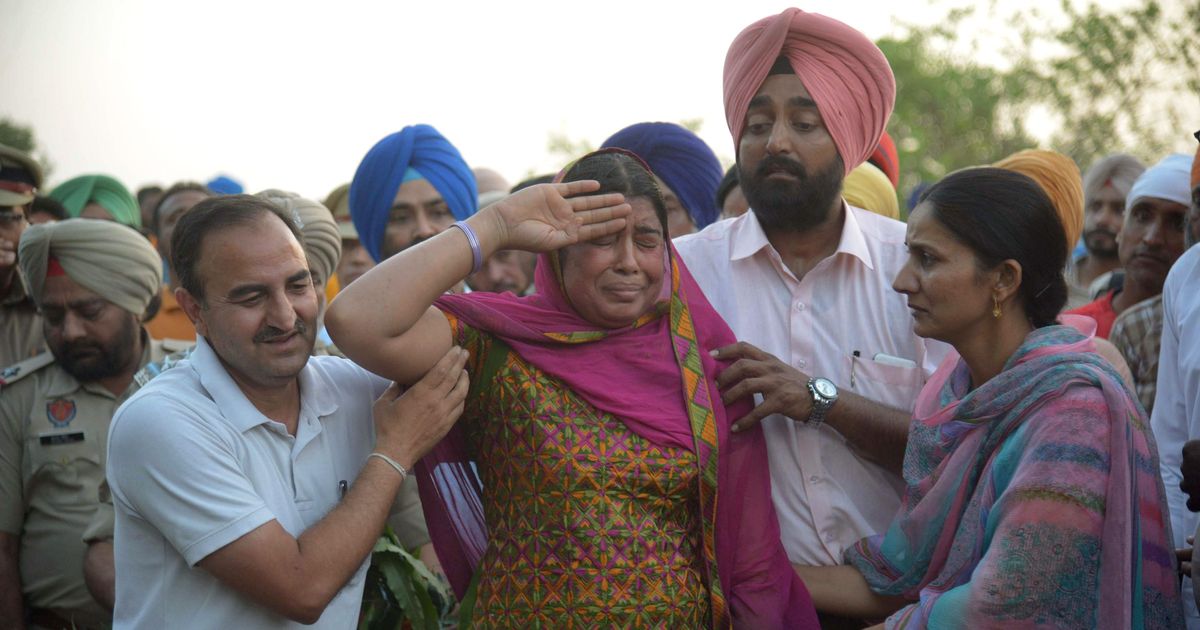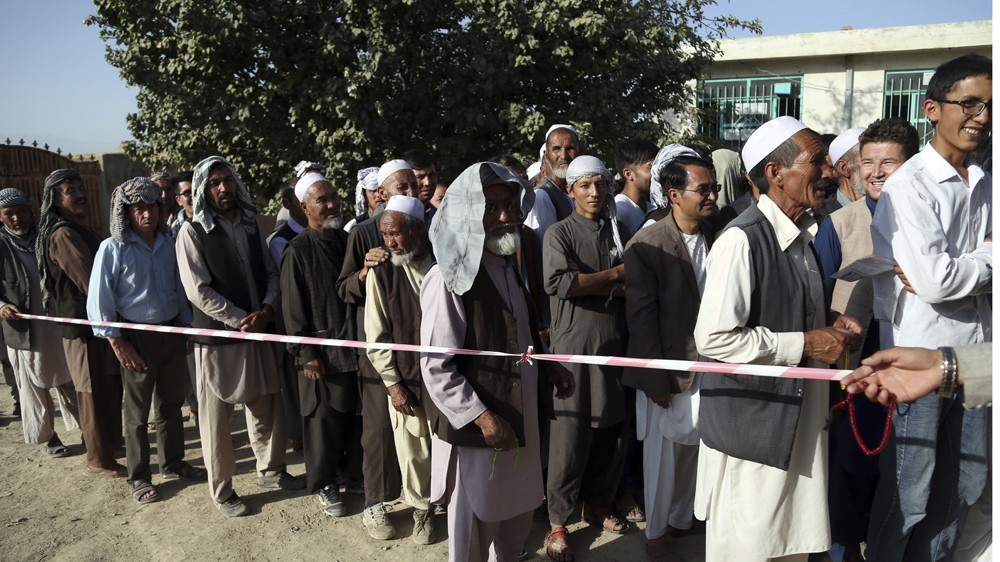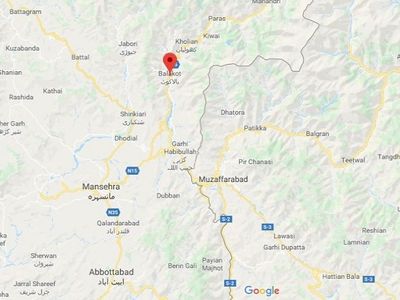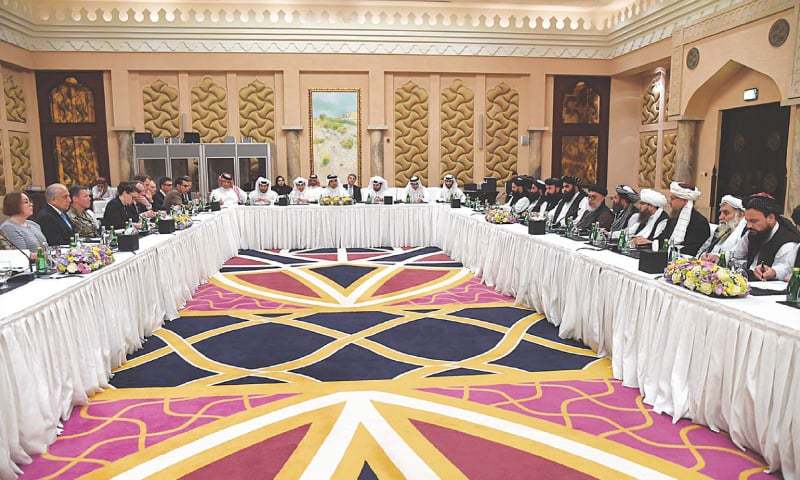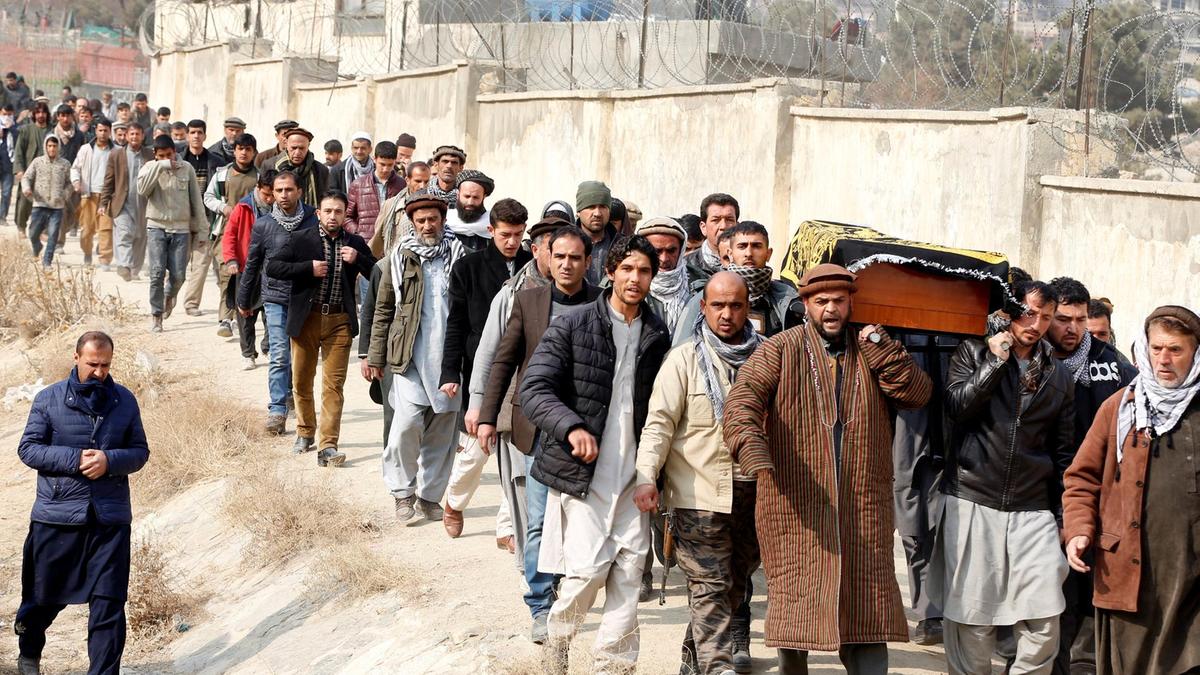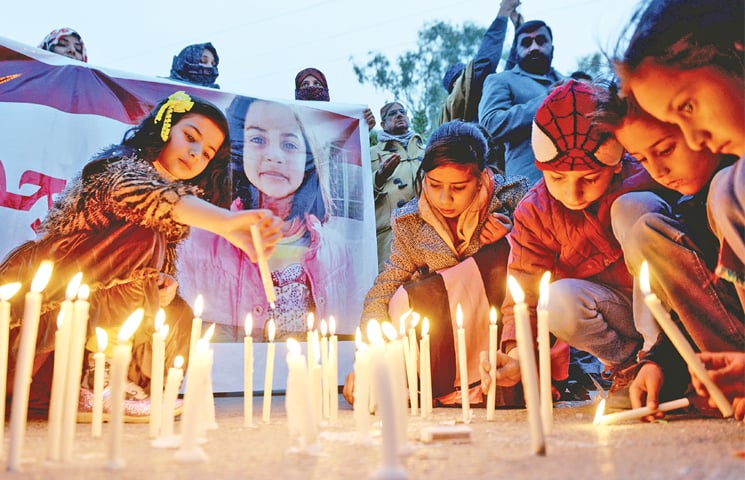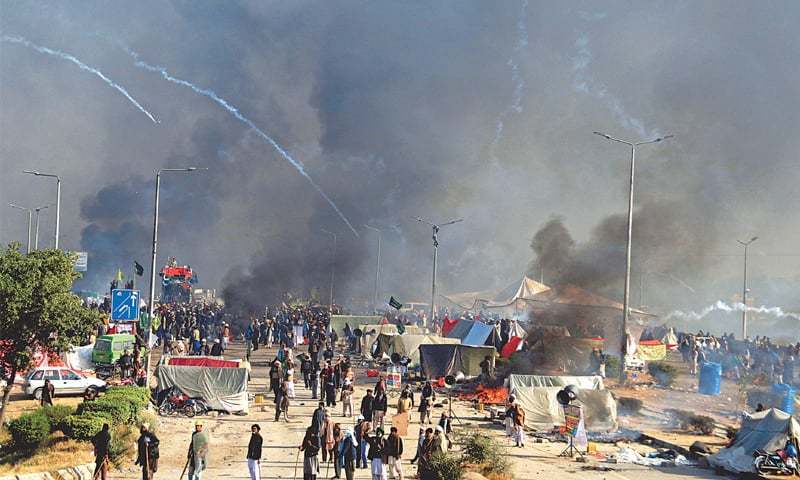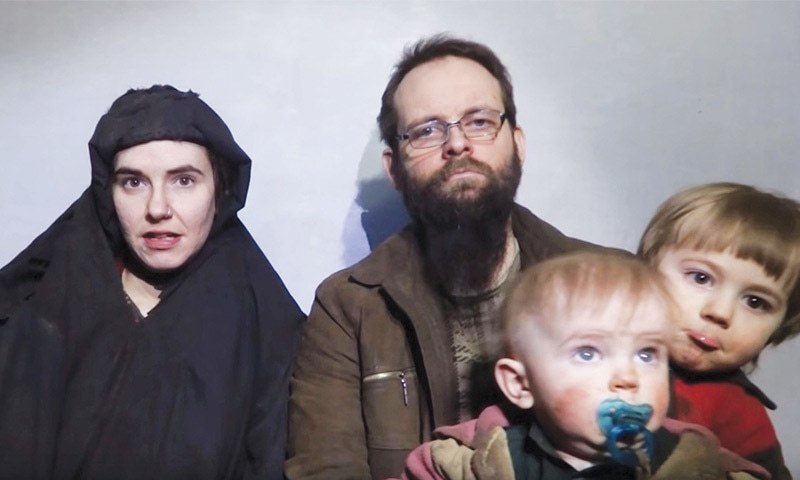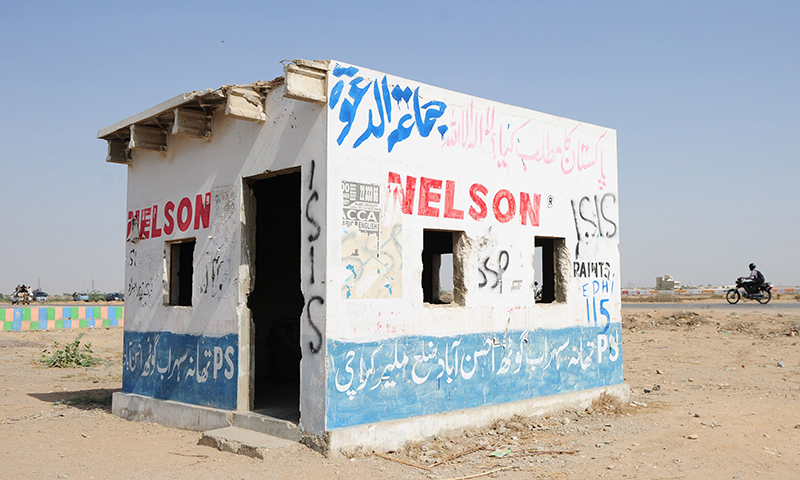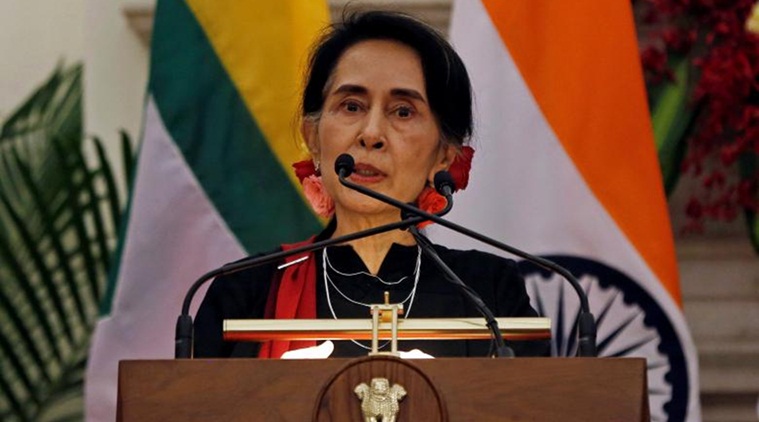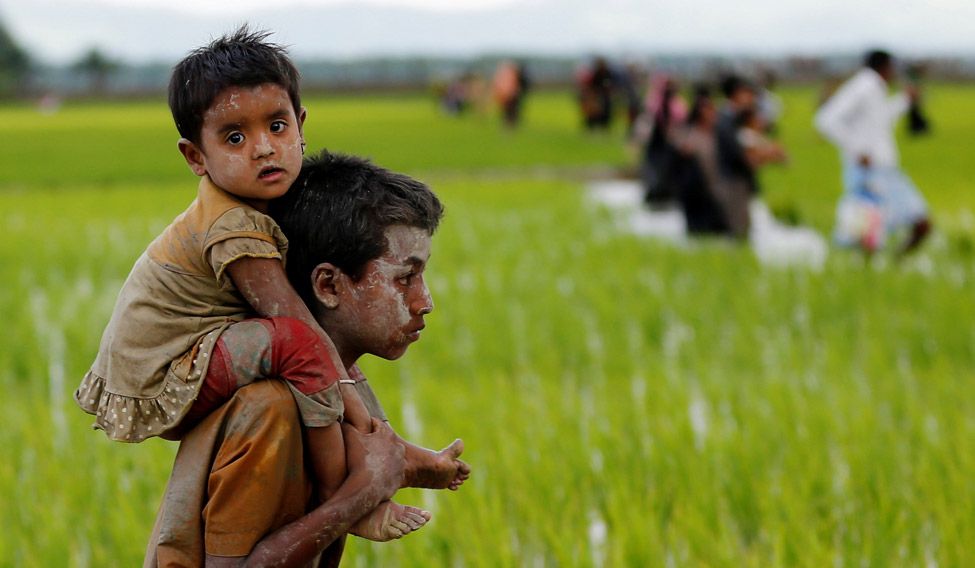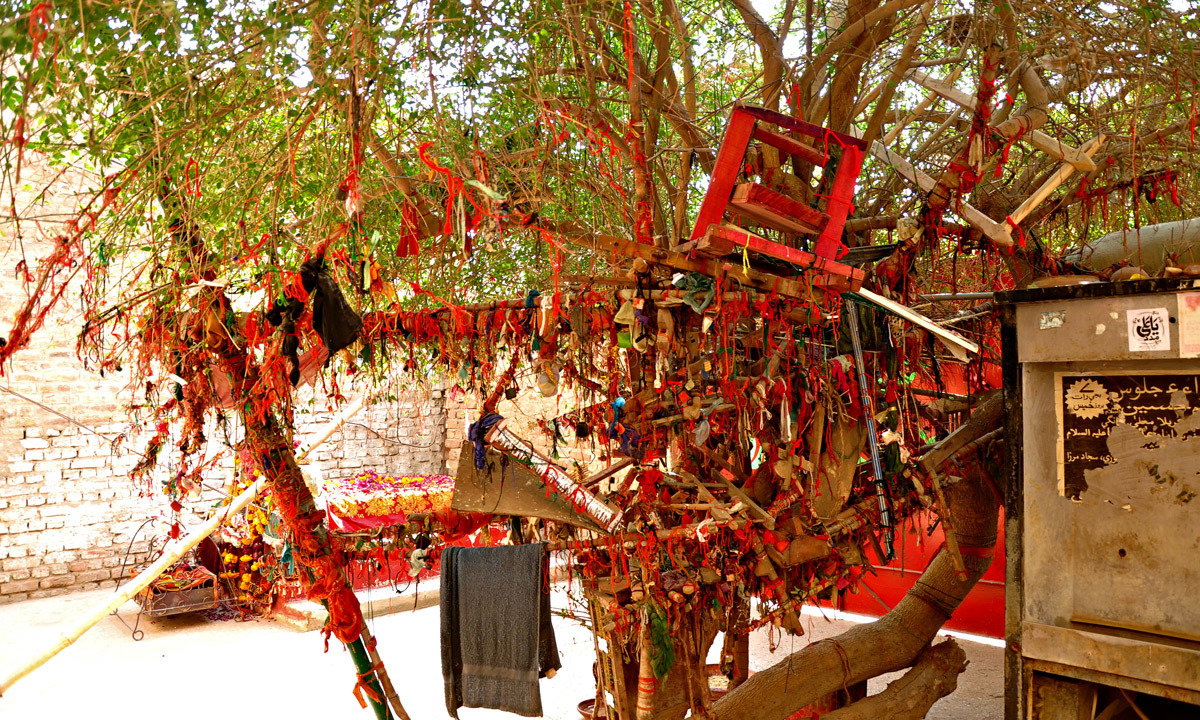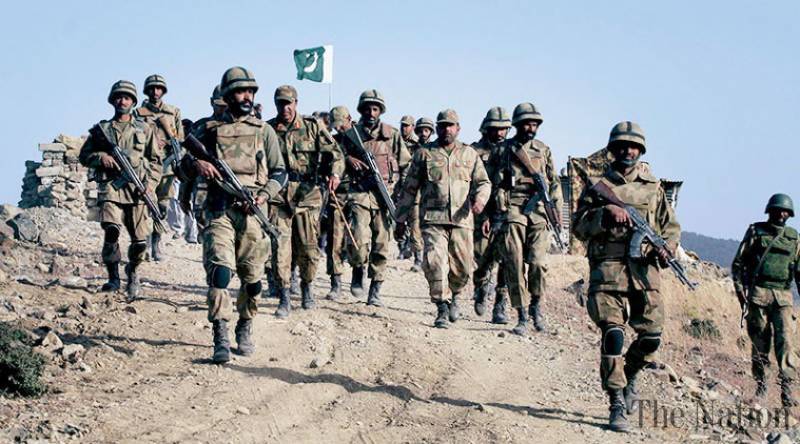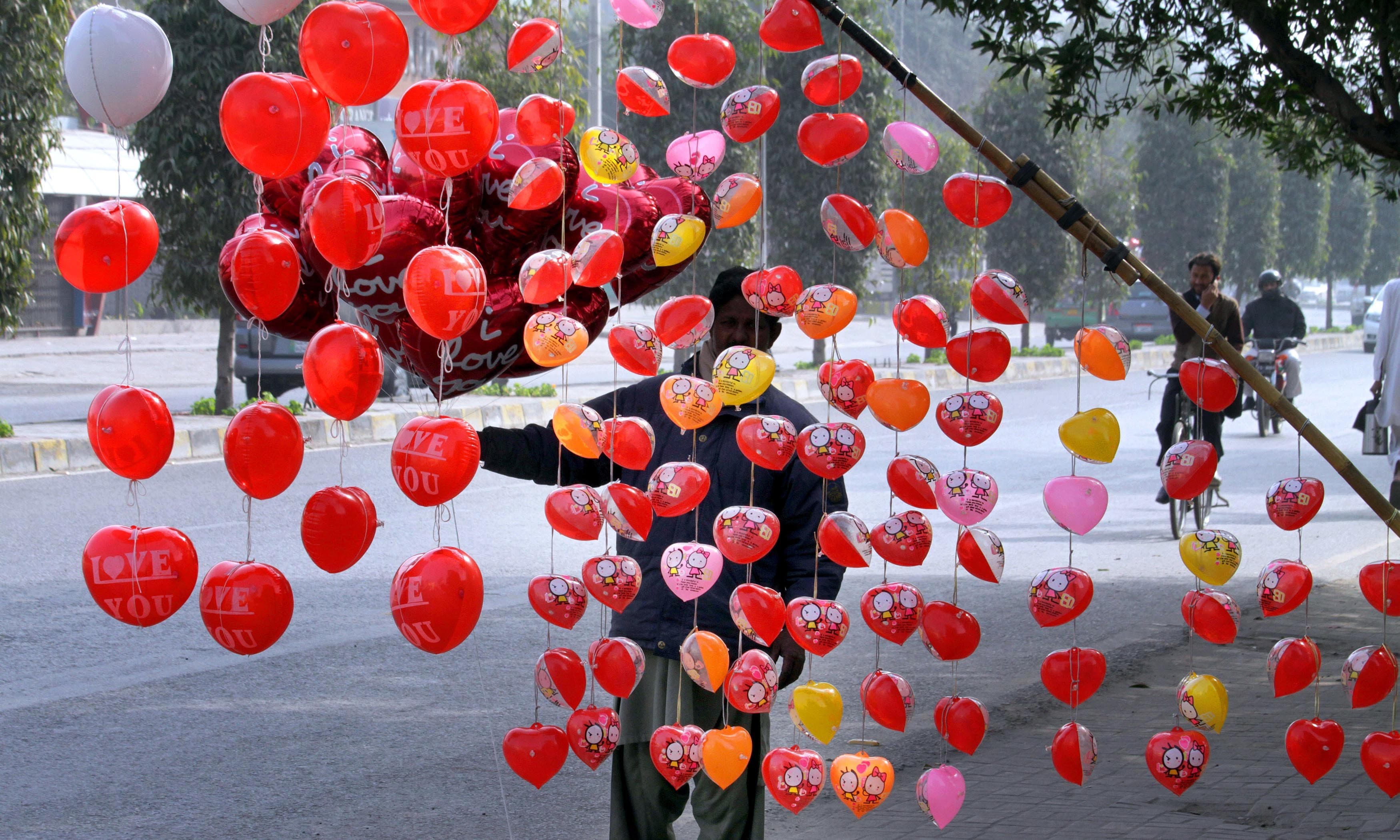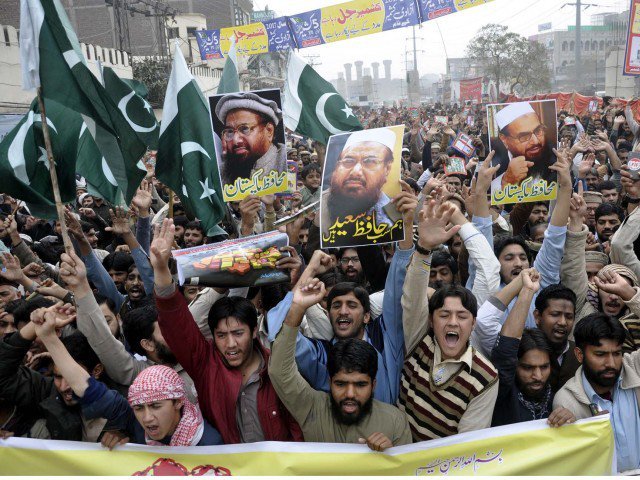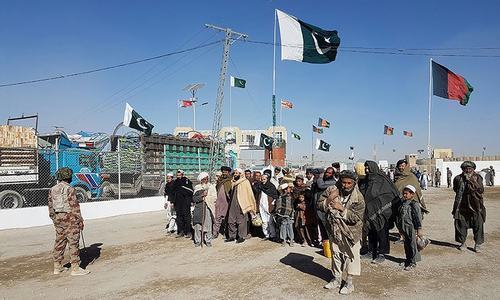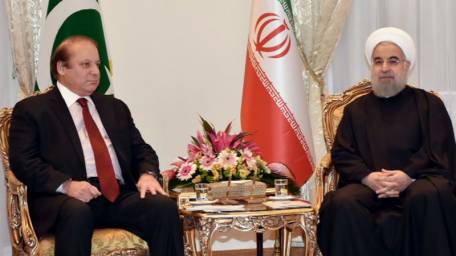
The earlier approaches of “resolve Kashmir”, leading to a top-down political process have not succeeded. Let India and Pakistan reverse the approach – stabilize the LoC and build a peace momentum through plucking low hanging LoC fruits – leading towards resolving complex issues in J&K subsequently.
Conflict Reader # 53, 20 September 2018
CR Analysis
D. Suba Chandran
Professor
International Strategic and Security Studies Programme (ISSSP)
National Institute of Advanced Studies (NIAS), Bangalore
An interesting statement from the Naya Pakistan team on India-Pakistan was a plan for a new roadmap to be prepared on J&K by Shireen Mazari. During the last two decades, there have been multiple interactions at different levels – composite dialogue, back channel, track-II, academic and popular. Outside the above, think tanks and research institutes from the US to Australia have prepared numerous reports and policy briefs.
The problems are well known; unfortunately, the recommendations and solutions emerged through the above interactions have not succeeded in providing a road map that is acceptable to all the primary actors.
During the recent years, at the State level, India and Pakistan are pursuing divergent paths, increasing their distance. New actors, with substantial street power in both countries, are pushing India and Pakistan further away from each other. Extra-regional actors – the US and China are pursuing their global interests in South Asia; but unfortunately, this pursuit is pushing India and Pakistan into different groupings, as it had happened during the Cold War.
Within J&K, there are new issues and bigger stakes – politically and economically. From Lakhanpur in the Jammu region to the Khunjerab pass in Gilgit, new issues are emerging within different parts of J&K. The emergence of BJP with a strong political presence in Jammu, CPEC investments in Gilgit-Baltistan, sectarian violence along the Karakoram Highway, strategic significance of KKH, and the resurgence of violence inside Kashmir Valley are recent developments, that have the potential to push the different regions of J&K further apart from each other.
Shireen Mazari’s proposed new report on J&K to be tabled in Pakistan’s Parliament assumes importance in this context. While the contours of the Mazari report, and likely responses from India will have their own trajectory, as a civil society, India and Pakistan will have to explore new alternatives to break the presence impasse between the two, especially on J&K.
Especially, at the academic, media and track-II levels, there have to be a new push. Given the past, the critics have every right to by cynical. Nothing may change at the end, even with a Naya Pakistan; but that should not stop the two countries to identify new pathways to work together. Allowing the status quo to persist will increase the Indo-Pak divide.
And let us address J&K. Let us start with some low handing fruits on J&K and expand some of the existing interactions. This should build a peace momentum between the two countries, which could provide confidence to India and Pakistan to tackle contentious issues in J&K subsequently.
A possible roadmap for India and Pakistan on J&K can have the following three components – arresting violence along the LoC as a starter, strengthening and expanding the existing cross-LoC interactions as a means to build peace momentum, and finally addressing complex issues – from Srinagar to Siachen.
The LoC Starter
Halting violence completely across the Line of Control should be the starting point for any Indo-Pak icebreaker. This is absolutely doable and has adequate mechanisms in place already. The 2004 agreement between the two countries was leading towards making the LoC stable between India and Pakistan.
The above stability across the LoC had three serious positive implications in J&K. First, it immensely helped the border communities to stabilise and improve their livelihood. From agriculture to education, the reduction in violence across the LoC made the border people confident. Second, aided by the above confidence, the rest in J&K started looking beyond the violence and instability narrative. It helped the rest to invest further in cross-LoC interactions via the bus and truck services. Third, a silent LoC had a loud but positive echo in the regional capitals at the political levels. It helped to build a positive environment in J&K.
Return of violence across the LoC spoiled the above. An unstable LoC affects the livelihood of the border people and sends a wrong message to the rest. It is no coincidence that the bus and truck services declined following the resumption of LoC violence.
Let India and Pakistan start with stabilizing the LoC. There will still be occasional skirmishes; let both countries ensure that it does not escalate. Don’t allow the militant groups to undermine the above stability.
The Cross-LoC Momentum
Once the LoC is stabilized, let India and Pakistan re-build the momentum across the LoC, and expand the interactions further.
During 2004-08, India and Pakistan took new and bold initiatives across the LoC – bus and truck services. There were/are complex issues in both the interactions; but they signified a courageous new beginning between the two countries on J&K. It is unfortunate, that the two countries failed to follow up; the original spirit behind these two interactions were forgotten; both India and Pakistan, along with the Kashmiris on both sides of the LoC got embroiled in narrow interpretations. As a result, a great beginning became a trickle.
Rebuilding the above two cross-LoC interactions will provide a great momentum for India and Pakistan in J&K. As of now, these interactions are taking place only through two vectors; they need to be deepened. Additionally, they also need to be expanded in other sectors; new points have been already identified– for example across Kargil-Skardu.
Besides the bus and truck services, there have been policy suggestions to expand the intra-Kashmiri interactions at the civil society levels. Vice Chancellors, economists and media personnel across LoC have explored new areas of interactions. From Cross-LoC educational interactions to tourism, there are already policy recommendations containing a list of things that India and Pakistan could consider.
The Cross-Indus Connector
As a part of the cross-LoC interaction, there could even be a bold attempt to see whether the mighty Indus could become a connector in J&K. The current differences between the two countries on the Indus Waters Treaty (IWT) are well known. During the recent years, there has been a further divide between the two countries on the IWT projects. It is unfortunate that both the countries have allowed the water warmongers to takeover the IWT debate.
Can the IWT be used to identify a common project that both countries can work together, especially in J&K? Legally, the document provides ample space to cooperate. Can Kishenganga and Neelum-Jhelum be pursued as one integrated project?
Cross-Indus interactions could be a separate pursuit in itself. Indus and its tributaries could be a great connector.
Confronting Complex Issues
Once the LoC is stabilised and the interactions across the Line are revised with expansions – a new momentum will eventually get built.
Building a peace momentum in J&K is an essential precursor to subsequently address complex issues. The earlier approaches of “resolve Kashmir”, leading to a top-down political process have not succeeded. Let India and Pakistan reverse the approach – stabilize the LoC and build a peace momentum through plucking low hanging LoC fruits – leading towards resolving complex issues in J&K subsequently.
Let the failures of the past initiatives not burden new approaches. Let India and Pakistan be cautiously pessimistic but also courageously optimistic.
Prof D. Suba Chandran is Dean of the School of Conflict and Security Studies at the National Institute of Advanced Studies (NIAS), IISc Campus, Bangalore.
An edited version of the above was first published in the Daily Times
